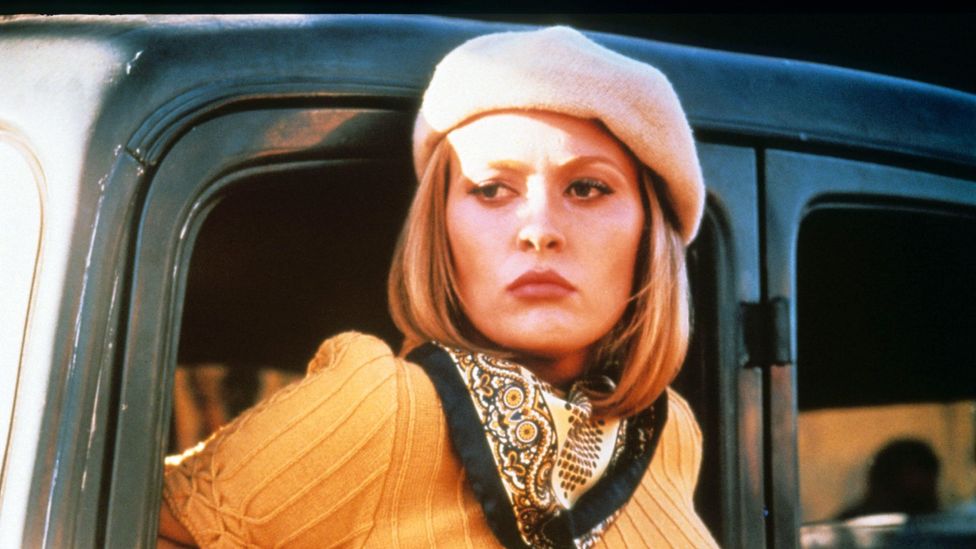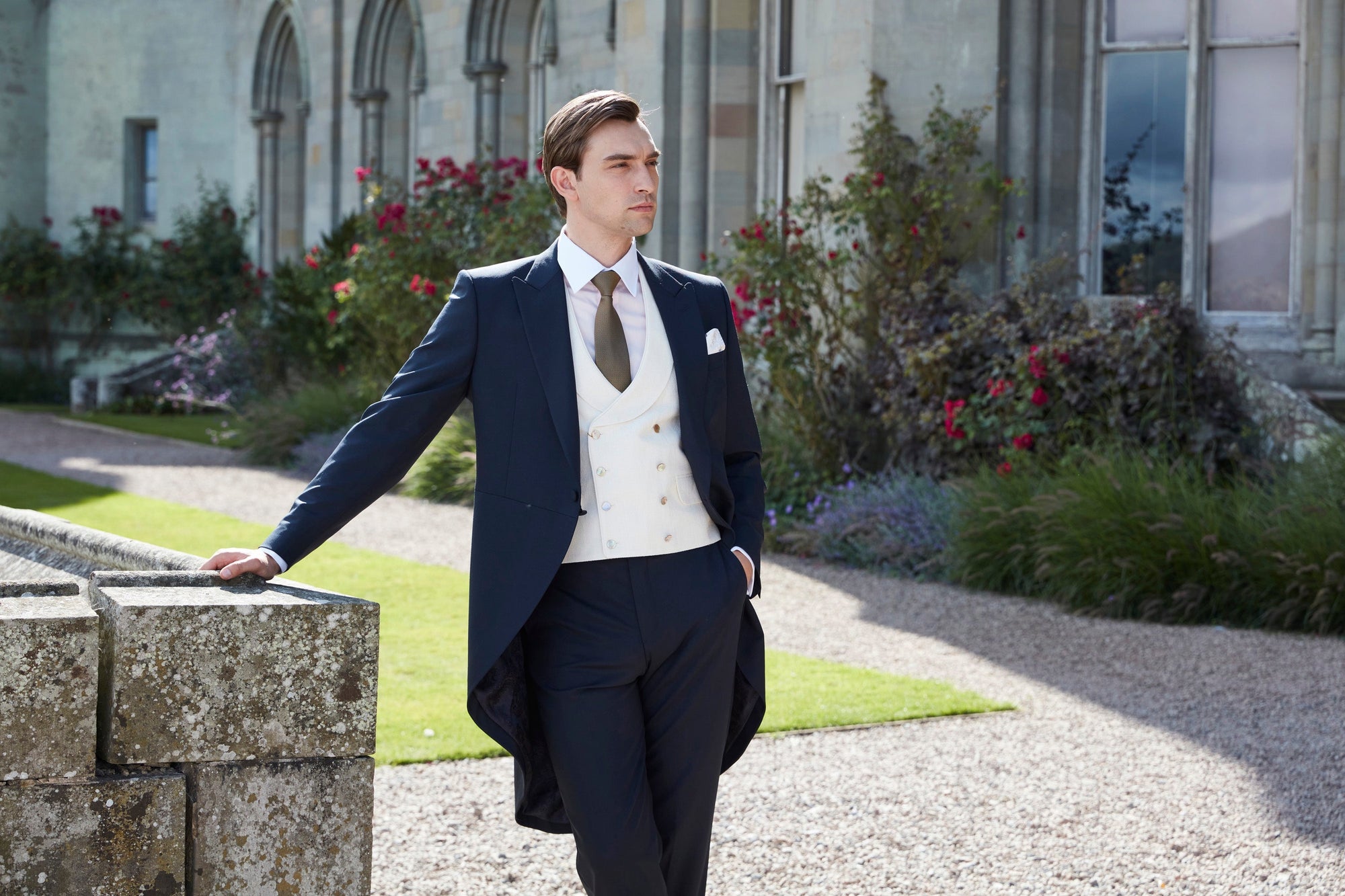The world of cinema has witnessed the emergence of numerous style icons over the decades, but few have left as indelible a mark as Faye Dunaway. With her striking beauty, commanding presence, and innate sense of fashion, Dunaway became a symbol of on-screen elegance during the 1960s and 1970s. Her style not only defined an era but continues to inspire and influence fashion trends today.
The Classic Elegance of Bonnie Parker
One of the defining moments in Faye Dunaway's career came with her portrayal of Bonnie Parker in the 1967 film Bonnie and Clyde. The film, directed by Arthur Penn, set the stage for Dunaway to exhibit her fashion sensibility and elevate her status as a style icon.

The character of Bonnie Parker was a Depression-era outlaw, and her wardrobe reflected both the time period and Dunaway's exquisite taste. Bonnie's costumes, designed by Theadora Van Runkle, blended historical accuracy with a touch of contemporary flair. The berets, midi-length skirts, and tailored jackets showcased Dunaway's perfect figure while paying homage to 1930s fashion. Her costumes effectively transported the audience to a bygone era.

However, it wasn't just historical accuracy that made Faye Dunaway's style in Bonnie and Clyde iconic. It was her fearless approach to fashion. Bonnie's berets became a symbol of her rebellious spirit, and the midriff-baring sweaters and cinched-waist dresses accentuated Dunaway's physique, making her look both daring and alluring. Dunaway's choice of berets, in particular, set a trend that extended beyond the silver screen, influencing fashion designers and women's wear for years to come.
Chinatown: A Masterclass in Tailoring
After her success in "Bonnie and Clyde," Faye Dunaway's on-screen style reached new heights with Roman Polanski's Chinatown (1974). In this neo-noir classic, Dunaway played the enigmatic Evelyn Mulwray, a character with a complex personality and a wardrobe to match.

What makes Dunaway's style in Chinatown stand out is its timeless and elegant quality. Her character, Evelyn, is a woman of wealth and sophistication, and her clothing choices reflect this. The character's wardrobe was meticulously curated by Anthea Sylbert and featured a mix of tailored suits and evening gowns.

The film's setting in 1930s Los Angeles allowed for the inclusion of the decade's fashion influences, and Dunaway's ability to effortlessly pull off these styles was remarkable. Her tailored suits with broad shoulders and cinched waists were not only evocative of the 1930s but also reminiscent of the power dressing trends that would later emerge in the 1980s. Dunaway's costumes in Chinatown exuded a sense of confidence and authority, making her character both enigmatic and alluring.
 However, it was the evening gowns that truly highlighted Dunaway's impeccable on-screen style. In the film's iconic garden party scene, Dunaway wore a black, bias-cut gown that has become synonymous with her image. The gown, designed by Anthea Sylbert and crafted by legendary costume designer Bill Thomas, was a triumph of elegance and simplicity. Its fluid silhouette and low back added an air of sensuality, while its minimalistic design gave Dunaway a dark edge.
However, it was the evening gowns that truly highlighted Dunaway's impeccable on-screen style. In the film's iconic garden party scene, Dunaway wore a black, bias-cut gown that has become synonymous with her image. The gown, designed by Anthea Sylbert and crafted by legendary costume designer Bill Thomas, was a triumph of elegance and simplicity. Its fluid silhouette and low back added an air of sensuality, while its minimalistic design gave Dunaway a dark edge.

Network: Corporate Chic with a Feminine Edge
In Sidney Lumet's 1976 film Network, Dunaway tackled the role of Diana Christensen, a high-powered television executive whose wardrobe showcased the changing face of women in the corporate world.
Diana Christensen is a complex character, and her style mirrors her determination and ambition. Her clothing, once again designed by Theadora Van Runkle, is a fusion of classic corporate attire with subtle feminine touches. Christensen's wardrobe consists of tailored blazers, high-waisted trousers, and chic blouses, all reflecting the emerging trends of women in the workforce during the 1970s.

Dunaway captured the essence of women breaking through gender barriers and entering the corporate world. Her character's clothing choices showcased both her professionalism and her assertiveness. The tailored blazers, often worn with pencil skirts or wide-legged trousers, projected an image of authority and confidence. This on-screen style not only resonated with the changing role of women in society but also became an embodiment of women's empowerment in the workforce.

What set Dunaway's style in Network apart was the subtle incorporation of feminine elements. Her blouses often featured delicate details like ruffles or bow ties, adding a touch of softness to the otherwise assertive corporate look. The result was a perfect balance between power and femininity, a style that resonated with many working women of the time.












